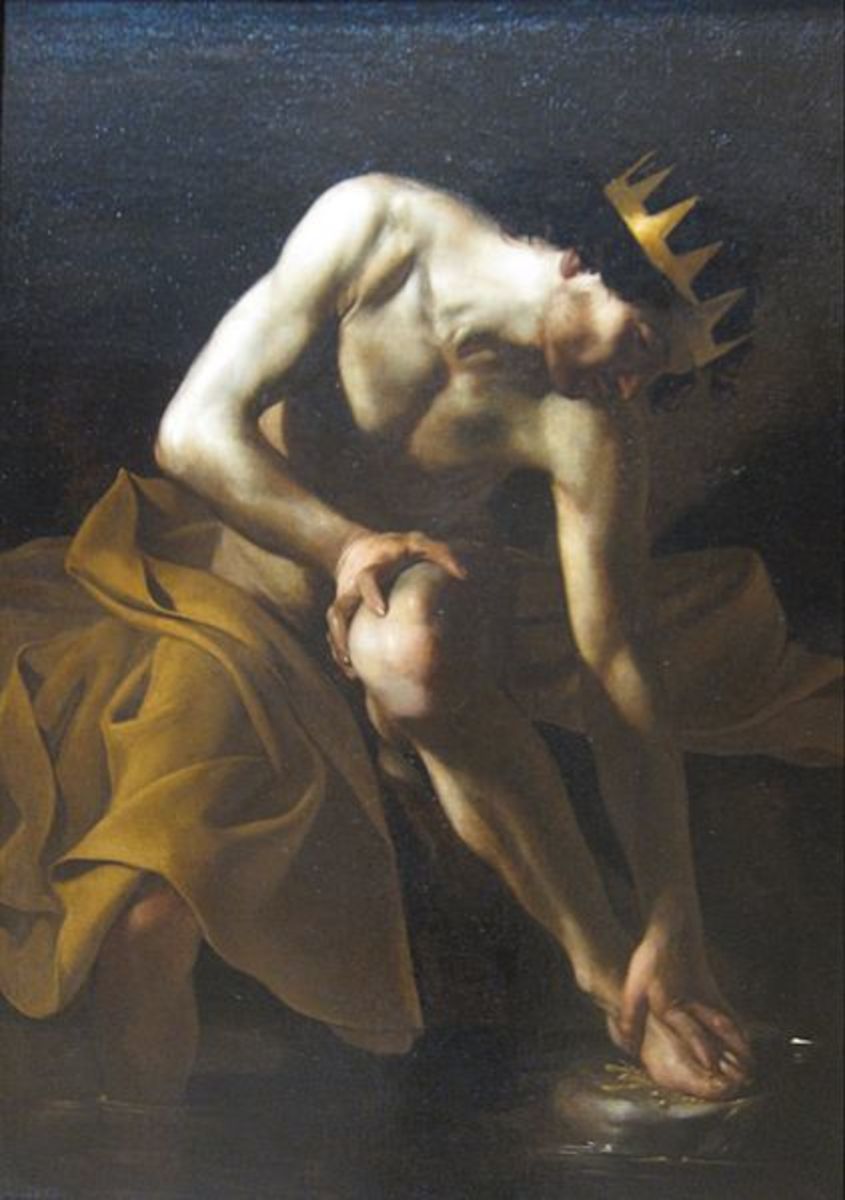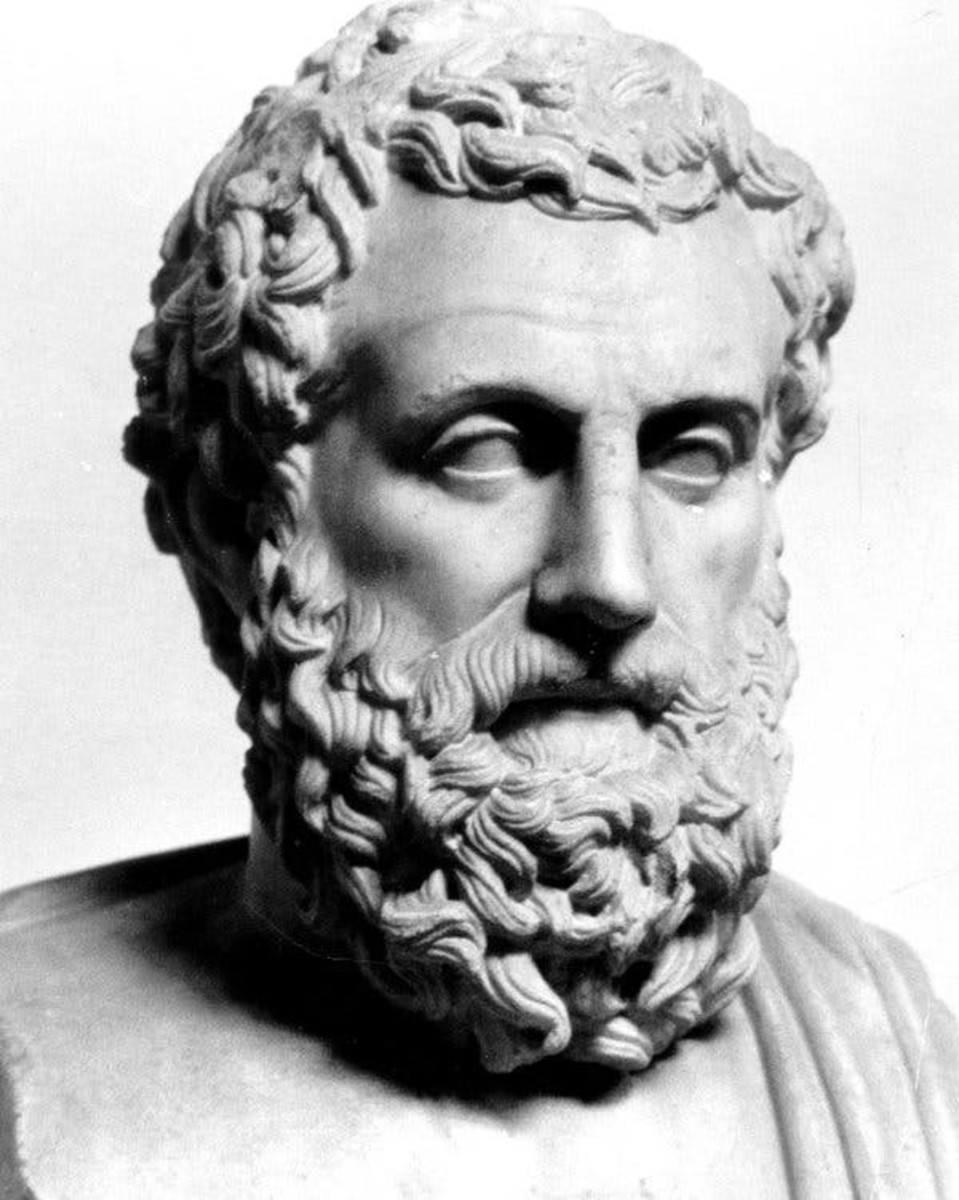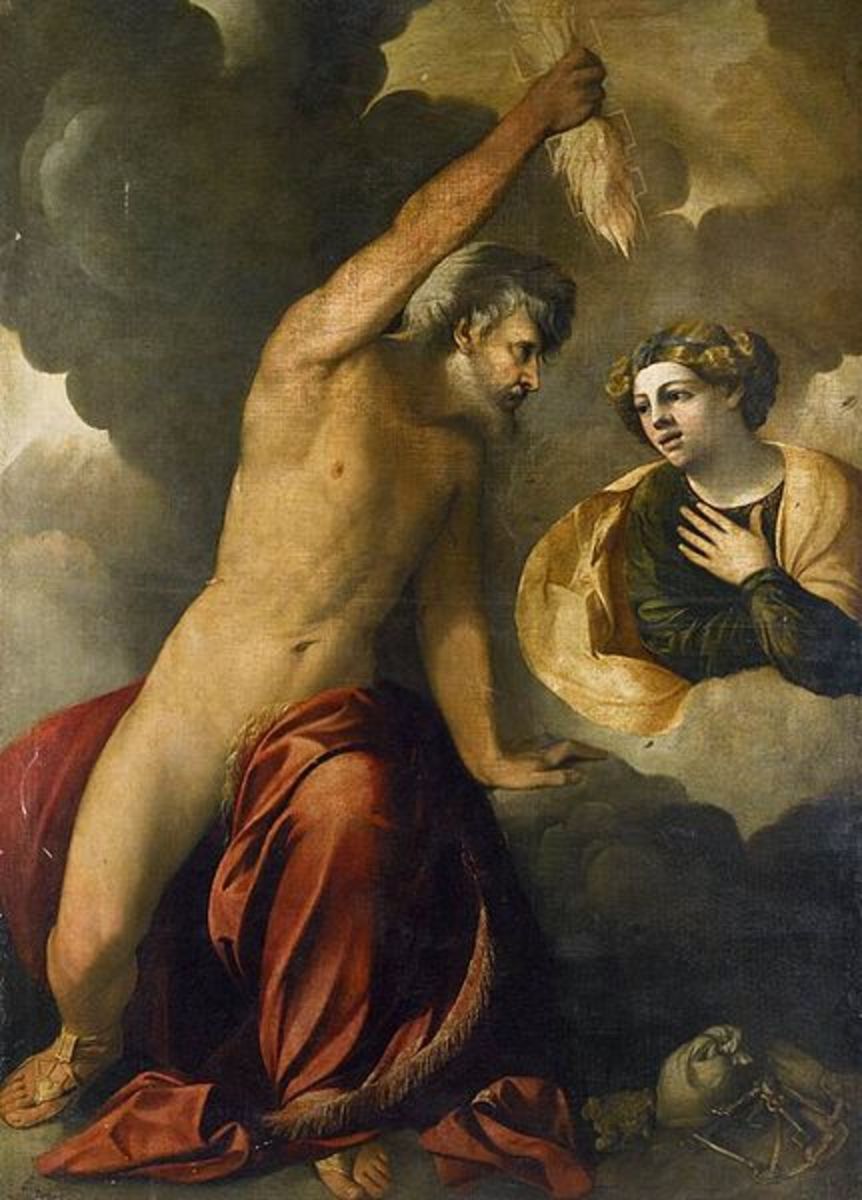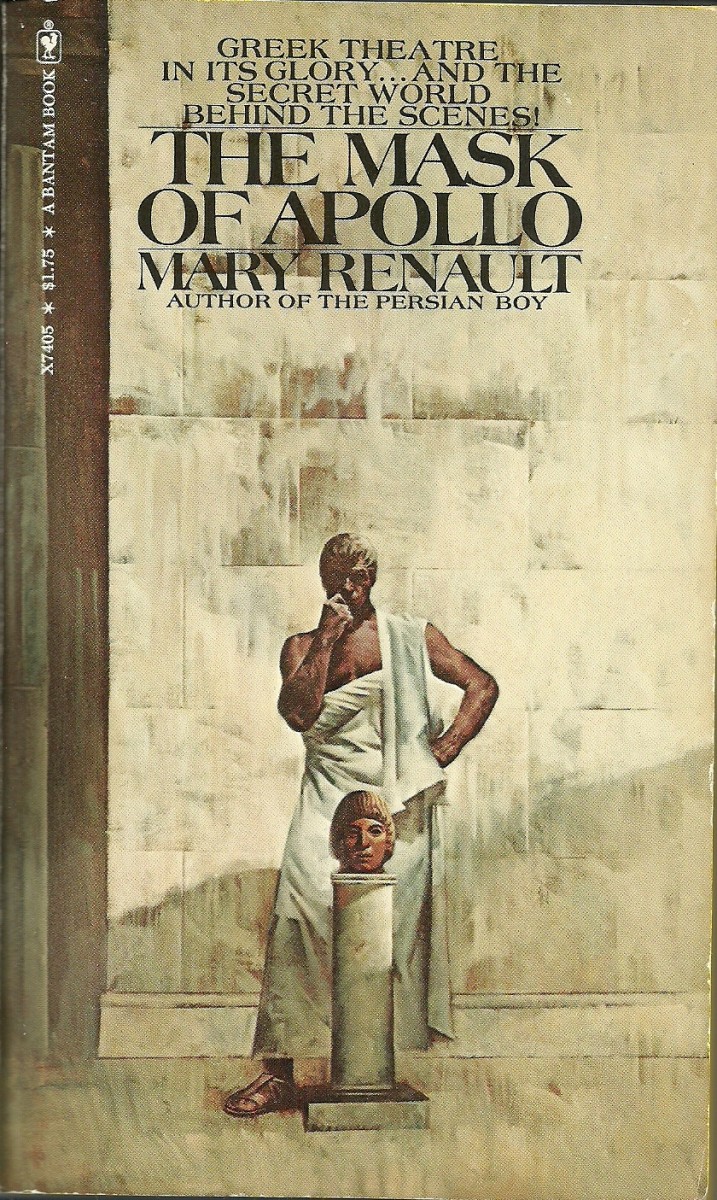Chorus Lines - Tips for Studying Attic Greek Tragedy

Strophe and Antistrophe
Though comparatively little is known about the precise origins or practices of attic Greek tragedy, it remains one of the most venerated periods in theater history for several reasons. First, its dramatic compositions have shaped the dramaturgy of Western Civilization via characterization, plot and dialogue. Second, it remains the oldest, extant theatrical tradition available to Western audiences. Finally, even its careworn dramas still find regular performance in the contemporary repertory system.
At the same time, the conventions, ideas and lyrical composition of Attic Greek Tragedy may often prove challenging to students or enthusiasts of the performing arts due to its arcane traditions and esoteric foundations. based on this premise, the following article has been designed to introduce individuals to the foundational elements of Attic Greek Tragedy, with special emphasis placed on its historical background, major conventions and principal dramatic features.
Fantasia - Pastoral Symphony
The Festival of Dionysus
Dionysus Eleuthereus comprised one of the most beloved cthonic deities of the Attic Greek pantheon, signifying harvest, wine and freedom to his consorts. His official celebration conscripted the talents of several city states ever ninth of Elaphebolion (comparable to contemporary March) to honor the minor god with parades, feasts and dramatic competition. The son of Zeus and mortal Semele, Dionysus was a reborn harvest god, representing the renewal of Spring to the agricultural and artistic arms of the Greek city state system. Even a cursory understanding of Attic Greek Tragedy should recall Dionysus' appearance in several lyric compositions, foremost being Euripides The Baccants.
The first day of the Dionysian Festival featured an ornate parade in which a cult statue or "effigy" of Dionysus was carried to his sacred temple. It is perhaps no accident that effigies remained fixtures of Attic Greek production, often used to represent the dead or mutilated bodies of key characters. Day two of the Dionysian Festival comprised dithyrambs - songs of ritual sacrifice - alongside drinking contests; that the wine harvest was in process during the Dionysian celebration meant that a polar mixture of old and new wine was often incorporated into the festivities. This aligns with the "old and new king" plots of many Attic Greek tragic plots. Finally, the remaining three days of the Dionysian Festival featured three tragedians presenting three dramatic and one humorous composition, judged by an archon and often sponsored by one of the performers. So, it is imperative to understand that virtually all Greek Tragedy is written in part as a trilogy, often requiring new readers to more exposition than is present in each constituent script.
Conventions of Attic Greek Performance
Like its Elizabethan successor, Greek drama was populated exclusively by male actors. Attic Greek Tragedy extended its gender prejudice one step further by prohibiting females from attending performances. The cause of this bias derives from the competitive nature of the dramatic productions; that all spectators voted on the best of the featured tragedies. As conventional voting was limited to males in the Greek City State, the Dionysian Festival followed its ballots in kind.
The number of actors in Attic Greek Tragedy depended on the era, extending from two to four as the performing art evolved its conventions. The number of performers was immaterial to the sum of featured roles as the same actors performed all parts. This typically meant that the same actor could perform several roles which required the use of a mask to not only project the human voice but distinguish between parts. The Chorus - between twelve and fifty singers and dancers - also wore masks to exaggerate their features. While the chorus often served as a single entity, providing commentary and exposition, it also featured a spokesman, The Choreogos. This role was often performed by the patron of the production and was considered a role of prominence, often receiving some of the drama's more prescient dialogue.
Oedipus Rex (Full Audio)
Origins of Attic Greek Tragedy
perhaps the most controversial topic concerning Attic Greek Tragedy derives from its origins. For theater scholars, the questions comprises the most seismic querey regarding the performing arts: what antecedes and perhaps inspires Western theater? The following theories represent the most risible and accepted possibilities for the origins of Attic Greek Tragedy and, by proxy, Western traditions of the performing arts:
Ritual - The legendary (read: apocryphal) figure Thespis was originally prosecuted for impersonating a fallen patriarch outside of traditional, ritual purview. The burial process of Greek patriarchs required an ostentatious series of rituals to cleanse the household of "miasma" or spiritual pollution. Part of said rituals required donning a mask and performing .sacred odes that eventually contributed to the lyrical compositions of epic and dramatic poetry. Even the "skene" from whence derives the contemporary "scenery" was originally a term identifying the sacrificial platform used in funerary rites.
Juridical Practice - As stated, the process of voting in the Dionysian Festivals emulated the ideals of Greek democracy. It can be reasonably proposed that the premium placed on the mass outweighing the interests of sovereigns such as Oedipus, Creon and Agamemnon signifies the triumph of the Greek system of governance. External evidence supports this argument; the word "archon" also referred to civic magistrates; water clocks were used to "time" the Dionysian performances and trials; the word "theatron" referred to both the "seeing place" or theater and the "place of judgment."
Again, no definitive theory exists for determining the evolution of Attic Greek Tragedy. understanding the possibilities of its religious or civic roots assists contemporary artists in staging tragedy with competence and literacy.
Sire! A Messenger!
Break a leg with your next performance. I sincerely hope this article provokes a thoughtful conversation between yourself and like minded performers. In the meantime, I look forward to your kind feedback and hope you'll check out my other Hub Pages related to the performing arts and drama.








